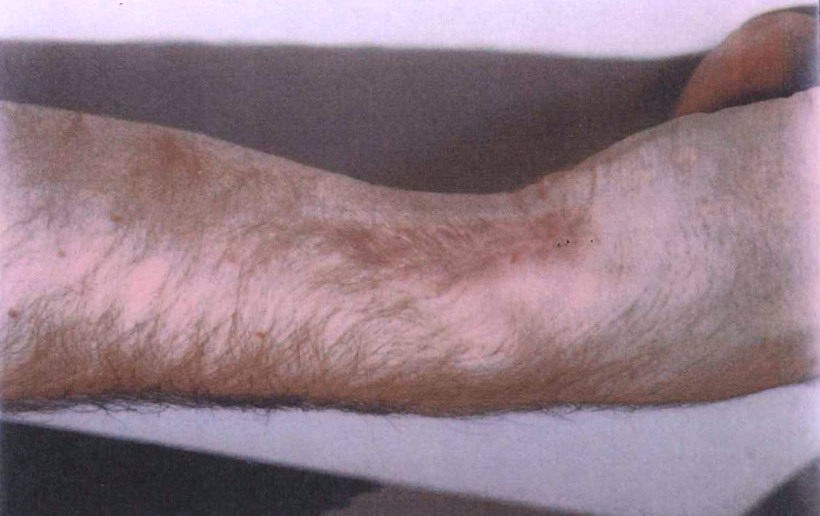By Stuart Mortimore
Electric shocks appear to be the subject of a steadily increasing number of claims. Frequently a claim is made that the subject, upon touching a particular item, received a shock of such force and duration that they were thrown across a room in fear of their life. Although the subject survived, the reported trauma and physical effects resulting from the alleged shock can lead to a large claim in compensation.
Witness accounts are often vague, at best, and the incident scene has often been changed before an examination can take place. In addition, medical reports are frequently based on what the claimant said rather than on much, or any, clear physical evidence: except in extreme cases, electric shocks generally do not leave sufficient medical effects to prove that (as opposed to being consistent with) a shock actually occurred. Indeed, it is not unknown for a medical practitioner to confuse a “cold burn” with an electrical burn, after being told that a patient was working near electrical equipment but not being told that the equipment was isolated and the injury was associated with refrigeration equipment (see the photograph below).
Three criteria need to be satisfied before an electric shock can occur:
- There must be a suitable source of electricity.
- The subject must have come into contact with the source of electricity.
- There must be a complete circuit through which electricity can flow.
IF ANY ONE (or more) OF THESE CRITERIA IS NOT SATISFIED, AN ELECTRIC SHOCK CANNOT OCCUR.
A forensic electrical engineer can assess whether or not any source of electricity is suitable: standard alternating current supplies in the UK generally need to have a voltage of at least 230 Volt whereas a 110 Volt direct current supply (another standard voltage) can be highly dangerous. With few exceptions, static electricity would not be suitable to cause a dangerous shock although it can lead a person to think that they have received a mains shock.
A forensic electrical engineer can assess when circuits are energised and whether they are accessible, and thereby assist in determining whether a subject could have come into contact with any suitable source of electricity. In cases where energisation may be transient, the duration of any contact could be determined and this can be compared with known criteria for serious or life threatening shock conditions.
Finally, a forensic electrical engineer can look at the presence of conductors and insulators and from this determine whether or not a suitable circuit could have existed for any shock current to flow. As a minimum there would need to be two suitable contact points with the body for electricity to flow through the subject, and consideration needs to be taken of items such as clothing, flooring, and any conductive materials that might form a circuit. If the scene has not changed, testing may be possible or test results may already exist.
By asking suitable questions and by careful analysis of the information that is, or that subsequently becomes, available, application of forensic electrical engineering can assist in determining whether or not an electrical shock could have occurred and in whether any such shock is likely to have caused the injury that is claimed.

A cold burn on a injured party's arm.
Principal Contacts
Stuart Mortimore, Glasgow Office
Bernard Bourdillon, London Office
Peter Jowett, Ilkley Office
David Bailey, Kenilworth Office
Mark Slater, Basingstoke Office
Mark Cousins, Cardiff Office